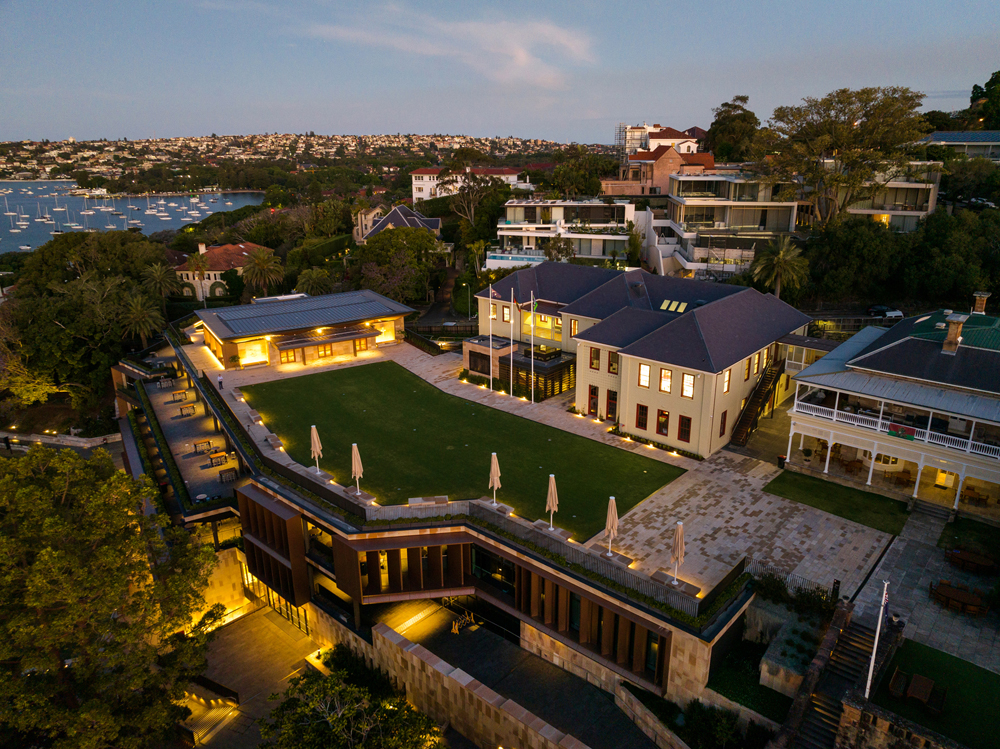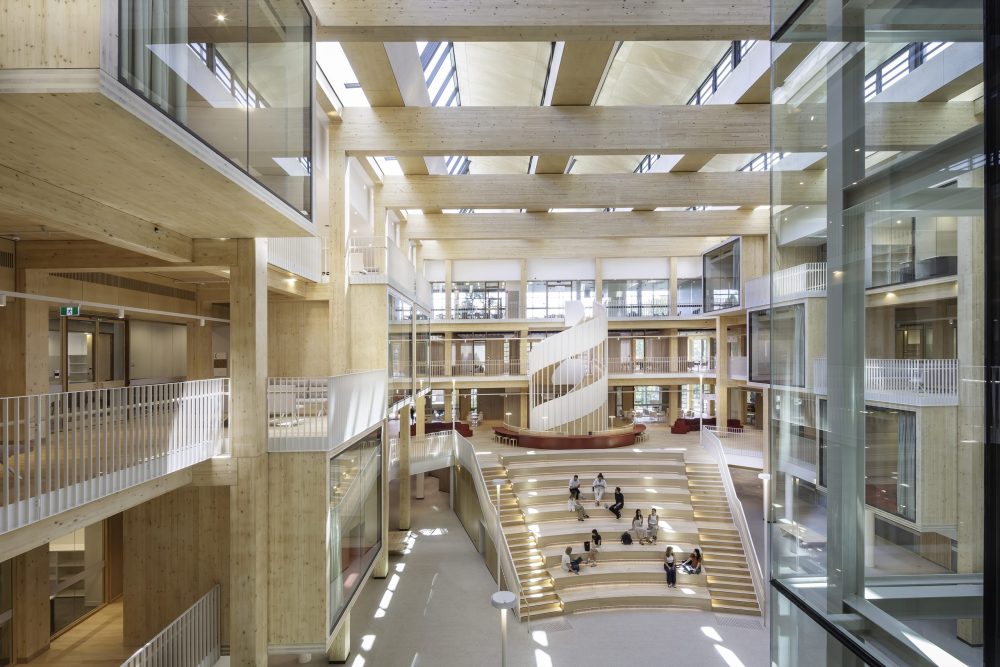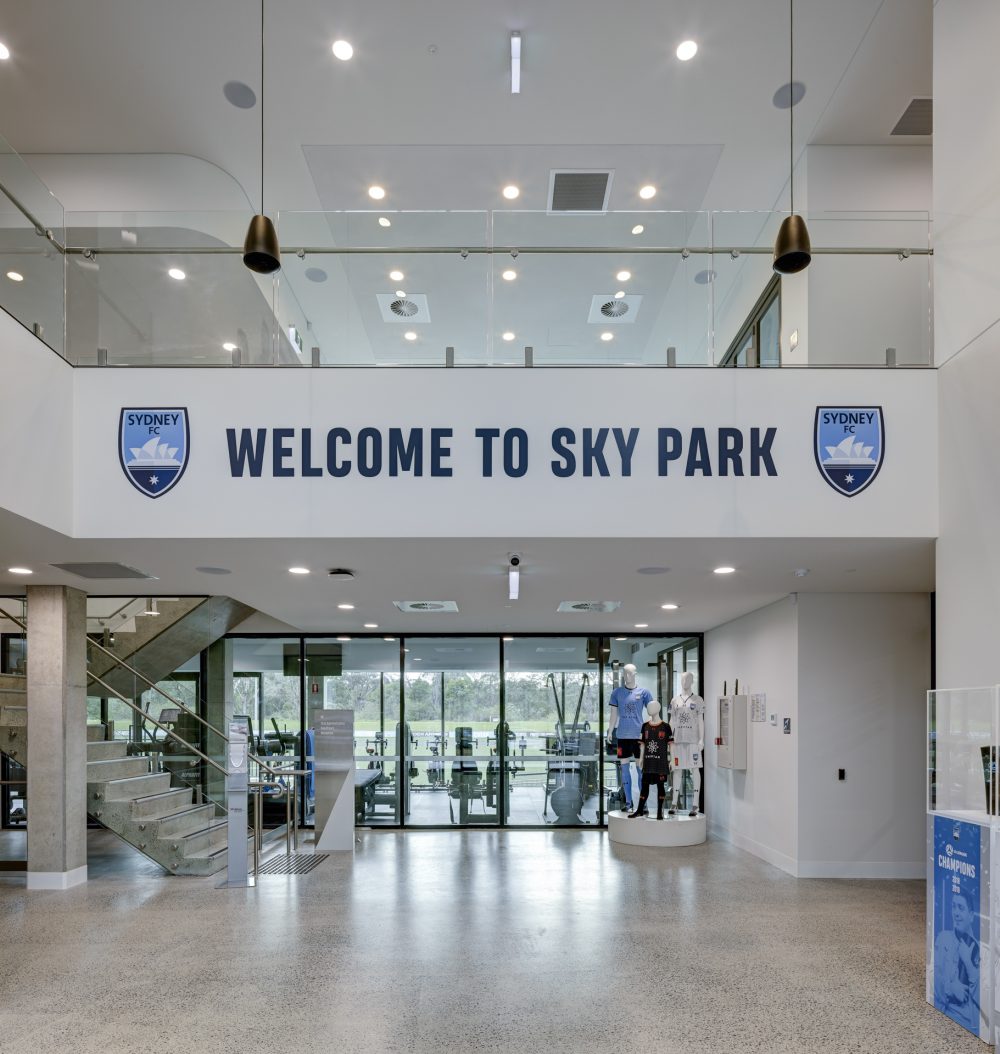February 11, 2016
Q&A with LoOok Industries
These days, we’re constantly followed by the pressures of daily life. Our robust smartphones, pervasive Wi-Fi services, and an ever-more-powerful Internet keep us connected, engaged, and distracted. Whether we’re at home, in the office, or in all the places in between, we’re switched “on”.
It’s getting harder to simply relax. There’s no place to kick back, to restore one’s energy, and to get a clear perspective. We are surrounded by too much noise, too many distractions, and not enough comfort.
Read on as we interview Ivar Gestranius of LoOok Industries and uncover how this furniture manufacturer is helping to solve some of today’s most pressing work problems…
“The best way to get inspired is to go outside and have a look at what’s going on around you. It’s much harder sitting inside four walls trying to force yourself to come up with the next big thing or figure out what people want or need.”
GIGI (TCW): You are a collection of creatives that make up LoOok Industries. How has this relationship formed, and what do you each contribute to the business?
IVAR GESTRANIUS (LOOOK INDUSTRIES): Me and the other founder Kevin Lahtinen went to design school together. During this time, we did a lot of design projects together, usually quite successfully. After finishing school, we didn’t really have anything better to do so we decided to start a company that designs furniture. As the company grew, we had to pick up a few more great minds along the way; all with an equally bad sense of humor. One guy who is a marketing guru and one guy who is really good with numbers, etc.
GD: Why are there 3 O´s in LoOok Industries?
IG: There are actually three good reasons for that. Maybe not good reasons, but three reasons nonetheless. First of all, three is usually better than two. Secondly, you have to admit that three o´s look and sound cooler. Last but not least, when coming up with the company name on a cold night back in 2009, whiskey may have played a small role in that particular creative process.
GD: Who, where and what inspires you?
IG: The best way to get inspired is to go outside and have a look at what’s going on around you. It’s much harder sitting inside four walls trying to force yourself to come up with the next big thing or figure out what people want or need. Usually when you ask a designer that question they tell you a long crappy story of how they got their inspiration from the nature; from the shape of a leaf or from a stone on the beach. I guess people and all the weird things going on in their everyday life inspire me.
GD: What makes your work unique? What characterises LoOok Industries’ style?
IG: I have always been a fan of Nordic design. We like to think of our design as Nordic design with a twist. There is still the focus on functionality and certain simplicity, but we try to add a little extra weirdness to the equation.
GD: In your opinion, how does Finnish design / manufacturing standout from that of the rest of the world?
IG: I think Finnish design usually is quite simplistic and functional. We put a lot of attention to detail and use a lot of natural materials. When I think of Finnish design I also think of high quality.
GD: I understand you’re quite an environmentally conscious company. Tell me about your environmental philosophy.
IG: It probably shouldn’t come as a surprise to anyone that this planet is slowly dying. The environment is something we always take into consideration when designing new products. We put a lot of thought into materials, manufacturing processes and product lifecycle. There are of course different ways to look at environmentally friendly furniture. For example, a durable chair made out of glass reinforced plastic probably will be just as durable and look the same after 50 years. A chair made out of some other material may not be as durable and you would have to buy a new one 5 times during that same period. I’m not sure which one is better.
GD: What are some of the highlights of your career so far, and why?
IG: I guess there have been a lot of highlights. I can’t think of any in particular. Of course it’s always nice to get appreciation for our designs. When architects praise our designs or if a customer tells you how happy they are with the products, it always brightens up your day.
GD: What would you consider to be your “hallmark” piece(s), and why?
IG: That would probably be The Box Lounger. It is our best selling product at the moment. It has such a differentiating look and it works really great. When it was launched it got an unbelievable amount of media attention around the world.
GD: What is the most notable project you have worked on, and why?
IG: I don’t know about most notable, but I helped my mom build a birdhouse last summer. I made it out of scrap wood found on the beach. It had two floors and a chimney. She was really happy about it.
GD: Business or creativity wise, what has been your greatest challenge?
IG: The greatest challenge so far was probably to get the company up and running. As mentioned earlier we started the company straight after school and at that time we didn’t really know anything about running a design business. Fortunately, you learn a lot along the way, and if a mistake costs you enough, you probably won’t do the same mistake twice. Looking at where we are today, I guess we did at least a few things right.
GD: What (if anything) is frustrating you in the design world lately, and Why?
IG: I’m not sure. There is something, but I can’t really put my finger on what it is.
GD: Tell me a bit about the future of LoOok Industries. Can you share any new products or concept you currently working on?
IG: There is a lot going on at Loook Industries for the moment. We are working on seven new products that will be launched in October during the Orgatec fair in Cologne, Germany. Unfortunately, we will have to keep them a secret until then, but I can assure you, we have some really cool stuff coming up. If you feel like dropping by, our stand number is K-031, Hall 10,2.
GD: What else do you want Australia to know about you?
IG: The story of Loook industries has only just begun. Keep up to date with what’s going on in the deepest darkest north by following us on Facebook and Instagram.
Inspired to take the next step?
Get in Touch










































































